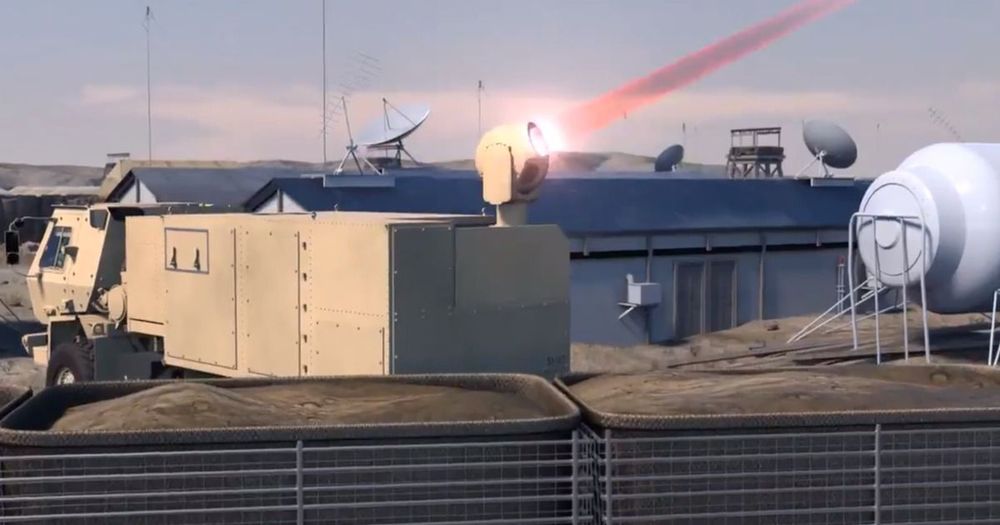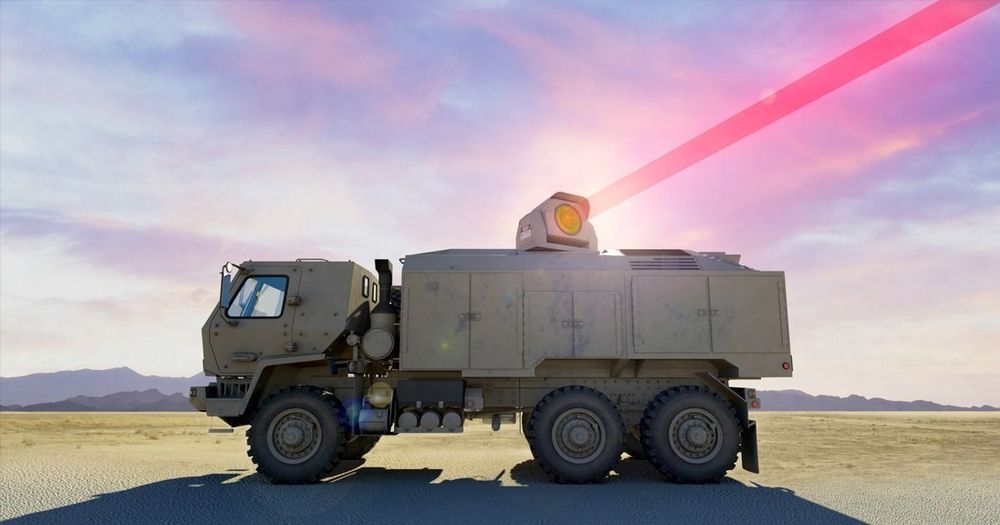Getting defensive measures in place could serve as a nuclear deterrent.



The good news is that America already possesses vast sensor networks, ranging from the depths of the oceans to the harsh bleakness of space, capable of collecting the requisite information. All that Congress need do at this juncture is to require the Secretary of Defense and the Director of National Intelligence to review the UAP issue and deliver a report providing a comprehensive assessment. This report should include not only an estimate of the situation but a description of the structure and processes required to ensure effective collection and analysis going forward.
Since 2015, dozens of Navy F-18 fighter jets have encountered unidentified aerial phenomenon (UAPs) — once commonly referred to as UFOs — off the East Coast of the United States, some not far from the nation’s capital. Encounters have been reported by other military aircraft and civilian airliners elsewhere in the U.S. and abroad, too, including videos shot by airline passengers.
What these UAPs were and who was flying them — whether friends, foes or unknown forces — remains a mystery. Yet careful examination of the data inevitably leads to one possible, disturbing conclusion: A potential adversary of the United States has mastered technologies we do not yet understand to achieve capabilities we cannot yet match.
It is long past time for Congress to discover the answers to those questions and to share at least some of its conclusions with the public.

In the future, I can say with very high degrees of confidence, the American Army is probably going to be fighting in urban areas. We need to man, organize, train and equip the force for operations in urban areas, highly dense urban areas, and that’s a different construct. We’re not organized like that right now.
– Gen. Mark A. Milley, Chief of Staff of the Army.

The wars of the future will be fought in megacities around the world by soldiers connected — and possibly even augmented — by neural implants and AIn this episode, we examine how military leaders are preparing for a radical shift in combat.
Looking for more episodes? Find them wherever you listen to podcasts.
Subscribe.

Pew pew o.o
“High energy laser weapons have been a system that the United States has wanted to add into their defense portfolio since the invention of the laser,” said senior VP of contracts at Dynetics Ronnie Chronister in a press release.
The system was designed to defend against missiles, rockets and artillery, according to Defense News. It could also prove useful against military drones and other unmanned aircraft.
The news comes after luxury automaker Rolls-Royce unveiled a new hybrid power source intended to continuously power 100-kilowatt laser weapons earlier this week. According to today’s statement, Rolls-Royce will provide the power source and thermal management system for the HEL TVD.

The scenario military thinkers propose would double the number of jet fighters in a typical battle formation from four to eight. But instead of the additional aircraft being identical to an F-35 joint strike fighter, or F-15E Strike Eagle, they are low-cost, unmanned jets.
One might carry extra air-to-air missiles. Another may only have a sensor suite to boost situational awareness for the pilots in the traditional aircraft.
Whatever their payload, the enemy has to contend with double the number of targets on their radars. They have multiple “dilemmas” in front of them, giving U.S. forces an asymmetric advantage.

A new Li-ion battery technology developed by the US Army has piqued the interest of Jeff Dahn, Tesla’s main battery research partner.
In the latest issue of the journal Nature, the CCDC Army Research Laboratory (ARL), which is an element of the U.S. Army, released a study demonstrating a new battery technology based on a new cathode chemistry.
They claim that the chemistry is “completely free of transition metal and delivering unprecedented high capacity by reversibly storing Li-ion at high potential (~4.2 V).”
